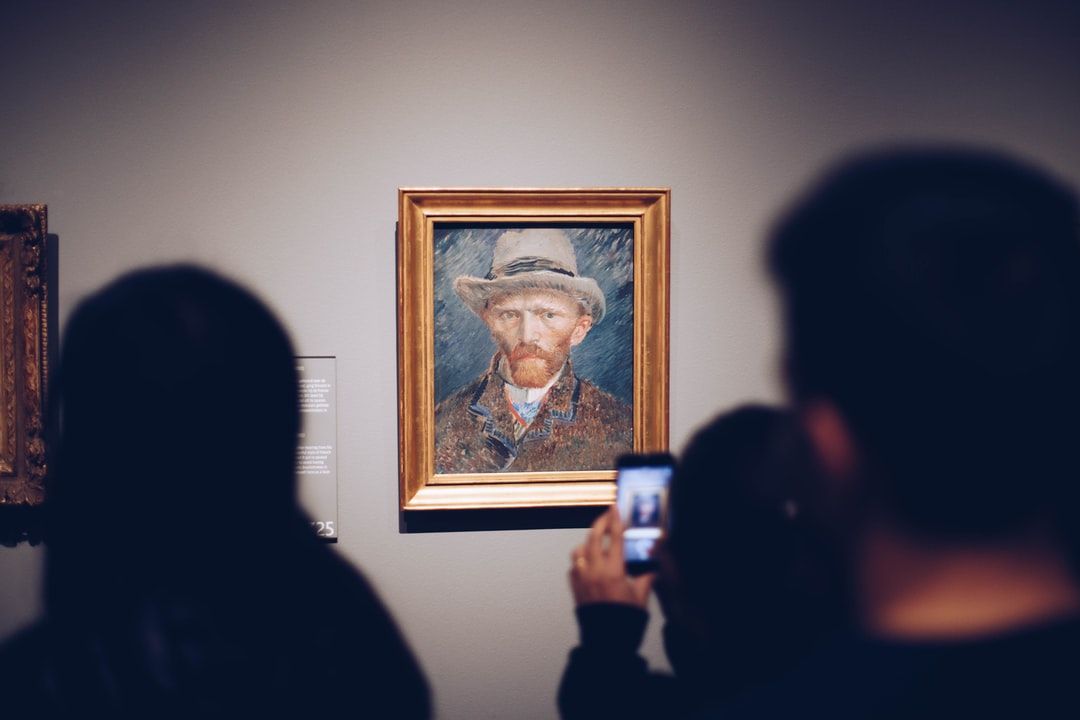
The abolition of 120,000 civil servant positions was the stated objective by the Head of State for this five-year term. Even if this figure has been revised to 50,000, it is becoming really difficult for most museums to have sufficient staff to carry out daily missions.
In addition, the challenges of museum life are changing day by day, new or more significant loads appear. We note in particular the increase in the number of temporary exhibitions and the ever increasing demands of lenders.
Today there are digital tools and services designed to help cultural professionals carry out their daily missions and more ad hoc tasks during particular events, responding to these challenges.
One of the first problems due to the increase in the number of temporary exhibitions is of course being able to guarantee the security of the objects on loan.IoT (Internet of Things) systems, digital devices, guarantee the protection of works 24 hours a day, even in the presence of the public.
Wireless, they allow installation and configuration very fast and above all adaptable.
Thus, the same material can be configured differently from one exhibition to another to adapt to the scenography. The other advantage is the variety of detectors : Graphic arts, monumental works, display cases, sculptures … There is a security solution for each type of exhibition. Enough to meet the demands of lenders and gain their trust!

Adapting also means being aware of budget constraints.
At EDITAG, we offer all of our solutions under short-term rental contracts to cope with these constraints.
Leasing allows you to save your investment capacity on more sustainable needs and more easily allocate the expense to a specific operating budget. The preparation of a temporary exhibition can also be an opportunity to seek other types of financing or partnerships:
– Private sponsorship
– Sponsorship
– Public partnerships
– Applying for European aid, etc.
Adapting also means developing new services to help you do more with less.
As we have seen previously, human resources represent the second problem to be managed, but do you know “as-a-service”?
The objective is to carry out missions for you to prepare and configure your exhibition thanks to dedicated services.For example, we import the file listing the works into the supervision system. This avoids any programming during hooking. Imagine the time and resources saved on D-Day …
And if you don’t want to worry about upkeep, maintenance, training, we take it all off you by guaranteeing perfect maintenance in operational conditions (MCO) of the safety of your exhibitions.
Finally, the last important point, without humans, these innovative tools are nothing.
To optimize the deployment and adoption of these digital tools, the team must mobilize to:
- Explain, anticipate and support change: the motivations and ambitions must be clearly exposed to the entire team.
- upport the different stages of change. Even if our systems are deployed quickly, we must not forget to involve the teams concerned so that everyone is an actor of change and not a victim.

A united team to set up and use innovative tools, these are the keys to facing the new challenges of museums.


